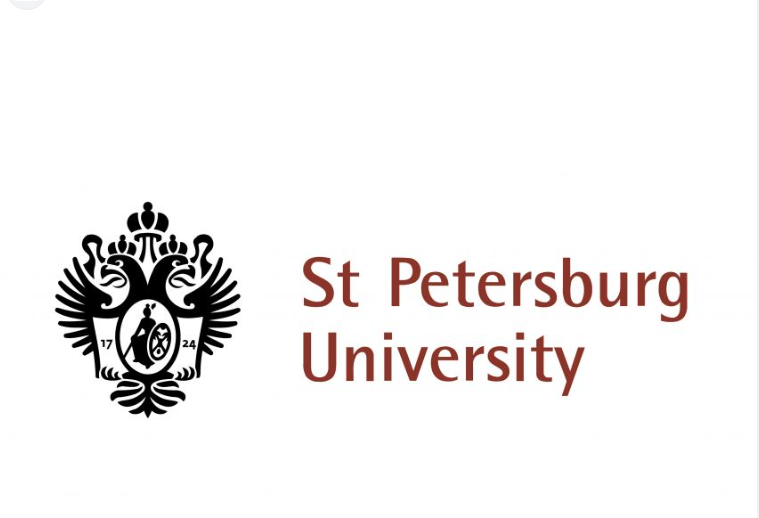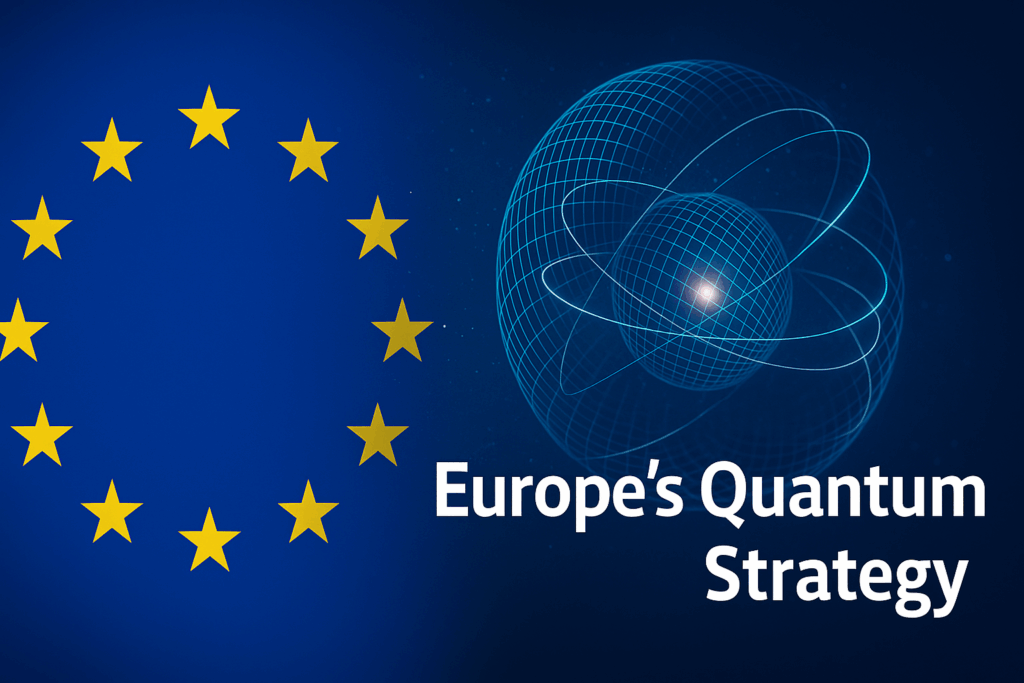Insider Brief
- St. Petersburg University physicists use evolutionary algorithms to search for novel linear optical quantum circuits, saving years of research time.
- The Quantum Optics Laboratory at the university focuses on photonic quantum computing, leveraging the advantages of photon-based qubits.
- Genetic algorithms and modelling were employed to quickly identify optical quantum circuits, akin to DNA code analysis, with results that would have previously taken years to achieve.
St. Petersburg University’s physicists have harnessed the power of evolutionary algorithms to embark on a quest for novel linear optical quantum circuits. Without this groundbreaking approach, uncovering such circuits would entail years of tireless research. Today, quantum computing efforts span diverse platforms, yet the question of which platform will ultimately materialize remains unanswered. The prevailing research avenues in quantum computing primarily revolve around the development of quantum algorithms on four key platforms: ions, neutral atoms, superconductors, and photons.
At the forefront of this quantum revolution, the Quantum Optics Laboratory at St. Petersburg University is championing photonic quantum computing. Photon-based qubits, or quantum bits, hold considerable promise, given their relative ease of generation and manipulation, as well as their exemption from the cooling requirements that burden superconductors and neutral atoms. However, the primary hurdle in working with photons lies in engineering interactions among them, as direct photon-to-photon interaction remains an elusive feat. Multiple attempts to create conditions for this direct interaction have fallen short thus far.
To surmount this challenge, heralded quantum circuits take center stage, forming the central theme of the research paper. Heralded quantum circuits empower observers to deduce the state of a “residual” system based on the state of an auxiliary system employed for measurements. In essence, the outcomes are sifted and filtered after the logical operation’s execution, resulting in probabilistic operations.


Heralded circuits have been a known concept for approximately two decades. Nevertheless, their application is bounded by a finite number of circuits characterized by specific optical elements and distinct configurations.
‘We determined the key parameters of the circuits in analogy to the DNA code and modelled the evolution of generations by introducing “selection”, “crossing”, and “mutation” of individuals, where individuals meant optical quantum circuits. As a result, in a few minutes, the software was able to find the circuits that previously would have taken years to detect,’ said Tatiana Golubeva, Professor in the Department of General Physics I at St Petersburg University.
These remarkable achievements stem from a collaborative synergy of methodologies and dedicated teamwork. The software code, a product of ingenuity, was meticulously crafted by a cohort of mathematicians affiliated with the Euler International Mathematical Institute. Leading this exceptional group is Sergei Sysoev, an Associate Professor in the Department of System Programming at St. Petersburg University. The conference paper serves as a compelling exposition, unveiling the extraordinary possibilities that emerge when genetic methods and approaches are transposed into the realm of quantum physics.
For more market insights, check out our latest quantum computing news here.

















